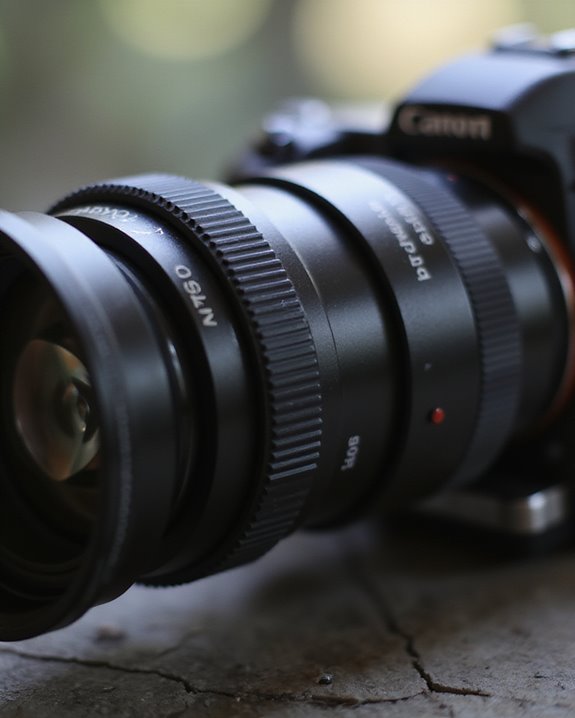A camera lens extender is an optical accessory mounted between the camera body and compatible EF or RF lenses, increasing effective focal length by fixed factors, commonly 1.4x or 2x, while decreasing the maximum aperture by one or two stops, respectively. It preserves image quality with minor sharpness reduction, requires exposure adjustments, and affects autofocus accuracy, particularly under low-light conditions. Compatibility depends on lens mount and design, with advanced models supporting autofocus at apertures as small as f/8. Further details elucidate its technical and operational implications.
Key Takeaways
- A camera lens extender multiplies a lens’s focal length by fixed factors like 1.4x or 2x, increasing zoom reach.
- It mounts between the camera body and EF lenses, preserving image quality with slight sharpness reduction.
- Extenders reduce the maximum aperture, typically by one stop for 1.4x or two stops for 2x models.
- They are compatible mainly with select EF lenses and require adapters for use on EOS R system cameras.
- Extenders can affect autofocus performance by reducing light, but many support autofocus down to f/5.6 or f/8.
Understanding Camera Lens Extenders
Understanding camera lens extenders begins with recognizing their primary function as optical accessories that increase the effective focal length of interchangeable lenses by fixed multipliers, commonly 1.4x or 2x. Canon Extenders, also known as teleconverters, are positioned between the camera body and EF lenses, designed to increase the focal length while maintaining compatibility with selected lenses. These extenders incorporate precision optical elements to preserve image quality, although minor sharpness reduction may occur depending on the lens-camera combination. The use of extenders directly affects the maximum aperture, reducing it by one stop for 1.4x and two stops for 2x models, which impacts light intake and autofocus performance. Extenders are engineered for specific EF lenses, ensuring ideal optical alignment and performance, but are incompatible with EF-S or EF-M lenses, underscoring the necessity of adhering to compatibility guidelines for effective use.
Types of Extenders and Teleconverters
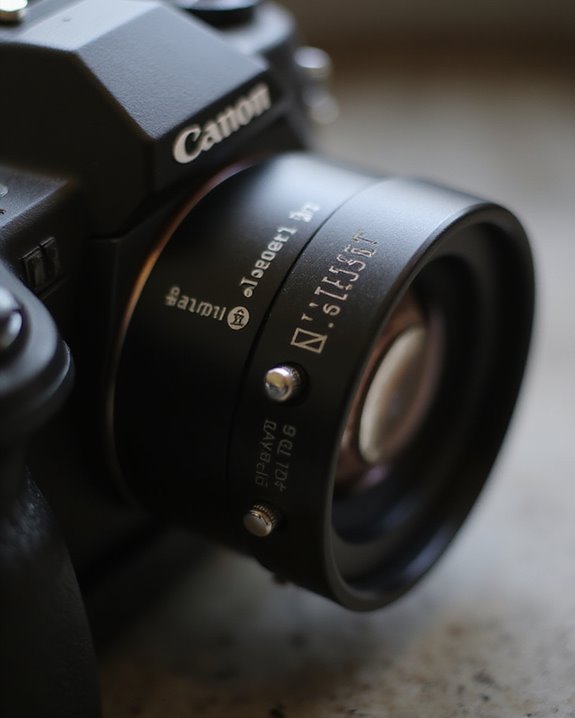
Various extenders and teleconverters are available across major camera manufacturers, each designed to multiply the focal length of compatible lenses by fixed factors such as 1.4x, 1.7x, or 2x, thereby enhancing telephoto reach with varying degrees of aperture reduction and optical impact. Canon’s lineup includes EF Extenders like the Extender EF 1.4x III and Extender EF 2x III, which multiply focal length by 1.4x and 2x respectively for EF lenses. For the EOS R system, Canon offers RF Extenders including the Extender RF 1.4x and 2x, engineered to preserve optical communication with RF lenses. Nikon’s teleconverters provide similar multiplication factors, including 1.4x, 1.7x, and 2x. Some lenses, such as the Canon EF 200-400mm f/4L IS USM, integrate a 1.4x built-in extender, extending focal length up to 560mm without external attachments. Additionally, optical quality considerations are crucial because extenders can impact sharpness and chromatic aberration, requiring high-quality designs to minimize image degradation.
How Extenders Affect Aperture and Exposure
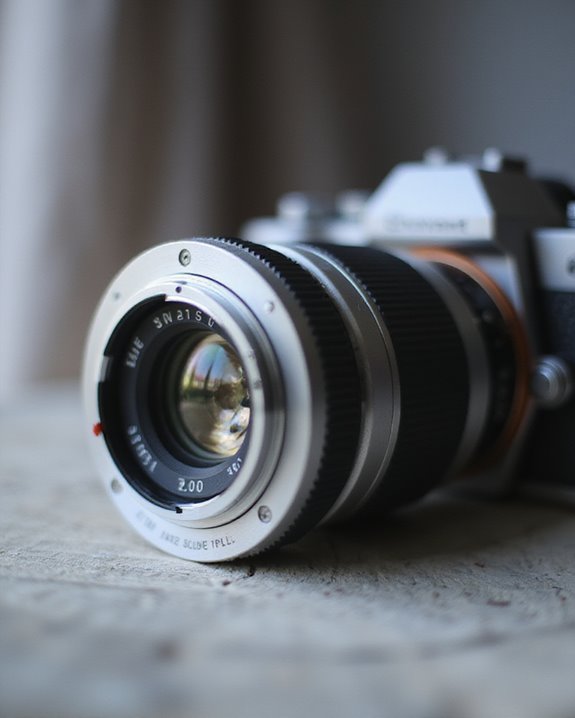
Lens extenders greatly influence both the maximum aperture of compatible lenses and the resulting exposure parameters, as their multiplication of focal length inherently reduces the effective aperture size. A 1.4x extender decreases the maximum aperture by one stop, for instance changing a 70-200mm f/2.8 lens to an effective 98-280mm f/4, thereby reducing light transmission and necessitating exposure compensation. A 2x teleconverter further decreases aperture by two stops, converting the same lens to an effective 140-400mm f/5.6, which substantially limits light gathering and challenges low-light performance. This reduction in effective aperture requires increases in ISO sensitivity or slower shutter speeds to maintain exposure, which can introduce noise or motion blur. Specific applications, such as pairing a 2x extender with an RF 600mm F11 lens to reach f/22 at 1,200mm, illustrate the substantial exposure adjustments needed due to aperture loss. Additionally, the optical quality of the extender can influence image sharpness and contrast, making it an important consideration in your choice.
Compatibility With Camera Lenses and Systems
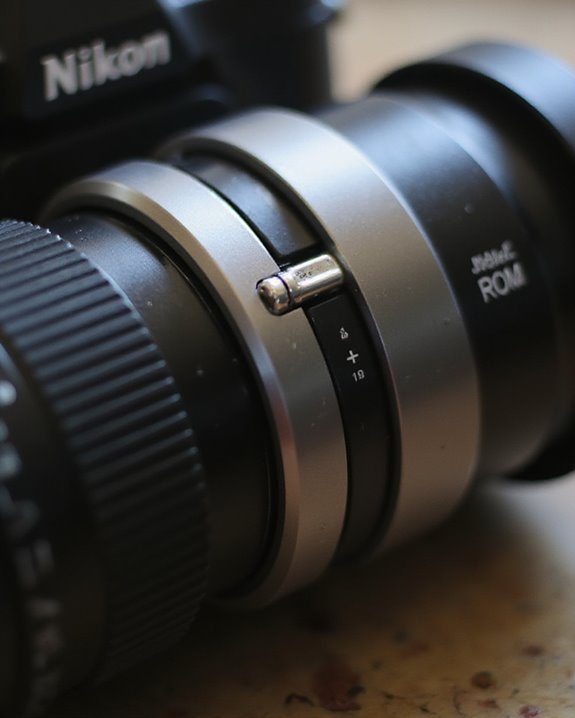
Compatibility between camera lenses and extenders is contingent upon mount design, optical construction, and electronic communication protocols, which collectively determine operational functionality and image quality. Canon extenders exhibit compatibility primarily with select EF lenses, excluding EF-S and EF-M variants due to divergent lens mount specifications. When integrating EF extenders with EOS R System cameras, utilization of the EF-EOS R Mount Adapter is mandatory to maintain proper electronic interfacing and mechanical fit. Extender RF units are engineered exclusively for RF lenses, ensuring optimized electronic communication and minimal optical compromise. Importantly, rear element architecture restricts extender compatibility; for example, the RF 100-500mm lens necessitates zooming beyond 300mm to avoid rear element obstruction. Moreover, certain lenses, including the EF 15mm f/2.8 and EF 8-15mm f/4L, are incompatible due to front element interference, underscoring the criticality of precise lens-extender system matching. Additionally, understanding the optical quality implications of using extenders is vital, as they can introduce slight softening or distortion depending on the compatibility and quality of the extender and lens combination.
Impact on Autofocus Performance
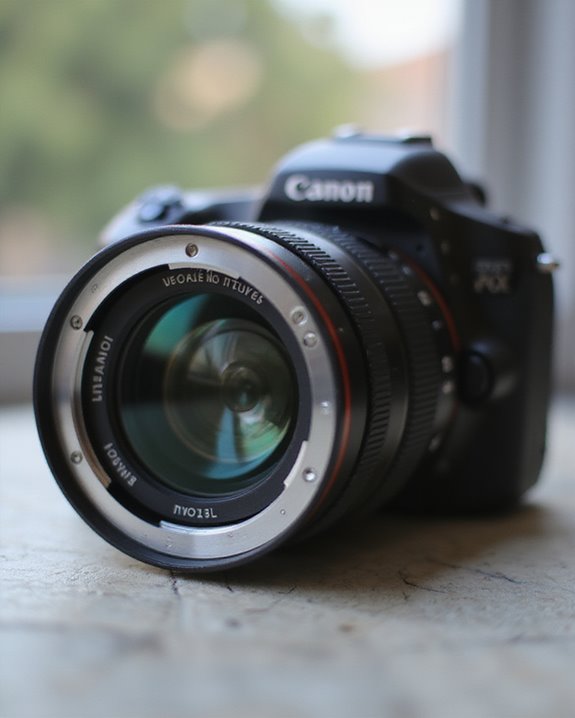
The use of lens extenders inherently affects the effective aperture of the optical system, thereby influencing autofocus capabilities across Canon camera models. Using an Extender reduces the aperture of the lens, which can degrade autofocus performance due to diminished light reaching the autofocus sensors. In the EOS system, autofocus typically operates reliably down to f/5.6; below this threshold, many Canon DSLRs cannot autofocus. However, professional models such as the 5D Mark IV support autofocus at f/8, enabling effective use with combinations like the EF 70-200mm f/2.8L and a 1.4x Extender, which results in an f/4 aperture. The f4L IS USM Extender maintains focusing distance precision while increasing the effective focal length. Some cameras in the EOS R system extend autofocus capability to apertures as narrow as f/22, enhancing compatibility with telephoto lenses and extenders.
Practical Applications of Lens Extenders
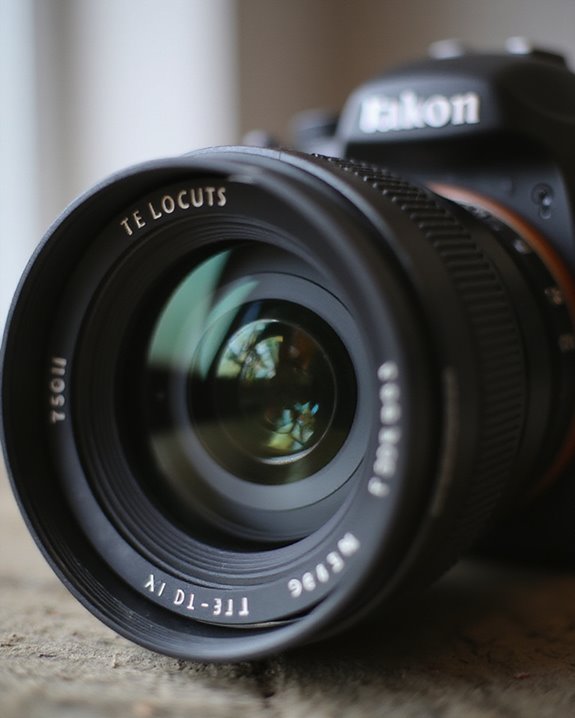
Practical utilization of extenders greatly enhances the operational range of telephoto lenses across various photographic disciplines by increasing effective focal length while maintaining manageable system weight and size. Teleconverters, including built-in 1.4x extenders found in lenses such as the EF 200-400mm f4L, multiply the focal length to provide extra reach without the bulk of larger optics. Wildlife photographers employ 1.4x extenders to extend a 400mm lens to 560mm, optimizing telephoto capabilities for distant subjects. Similarly, sports and action photography benefit from extension tubes that increase the magnification, enabling tighter framing, as demonstrated by pairing a 70-200mm f/2.8 with a 1.4x teleconverter to achieve 280mm. In close-up photography, extenders function alongside a close-up lens to magnify subjects further, enhancing detail capture. This modular approach maximizes the length of your lens while preserving image quality.
Tips for Maximizing Image Quality With Extenders

How can image quality be optimized when employing lens extenders in advanced photographic setups? Extenders, including teleconverters, influence the magnification of a lens by increasing focal length of lenses, but this often reduces effective aperture and can degrade sharpness. Canon lenses paired with high-quality extenders, such as the Extender EF 1.4x III combined with L-series lenses like the EF 300mm f/2.8, maintain images sharp by minimizing sharpness loss while extending focal length to 420mm. Ensuring the effective aperture remains at f/5.6 or wider preserves autofocus accuracy and reduces noise. Modern cameras, such as EOS 5D Mark IV and 1D X Mark III, support autofocus at f/8, enabling sharper images when using 2x extenders on lenses like EF 400mm f/5.6. RF extenders for EOS R systems further keep images sharp by enhancing communication between camera and lenses works to keep detail integrity intact.
Frequently Asked Questions
Do Lens Extenders Affect Quality?
Like a veil dimming a vivid painting, lens extenders often introduce sharpness degradation, resolution loss, and color shift. Light reduction and aperture effect amplify noise, distort focus accuracy, increase distortion, and alter bokeh, causing quality compromise.
What Does a 1.4 Lens Extender Do?
A 1.4 lens extender applies Extender Basics and Optical Principles to achieve Focal Multiplication, offering a Reach Boost with Magnification Effects. It causes Aperture Reduction, enhancing Wildlife Uses and Sports Applications through adapted Shooting Techniques in Practical Scenarios.
What Is the Difference Between an Extender and a Teleconverter?
Though often seen as distinct, extender definitions and teleconverter origins reveal minimal optical variations. Brand contrasts, compatibility aspects, and cost implications differ, but usage scenarios and market dynamics show innovation differences stem mostly from historical evolutions, not function.
What Does a Camera Lens Adapter Do?
A camera lens adapter facilitates lens compatibility across mounting systems, offering adapter types for vintage integration and digital adapters for professional use. Adapter features influence adapter selection, balancing budget options with performance. Adapter tips optimize mounting systems’ functionality.

